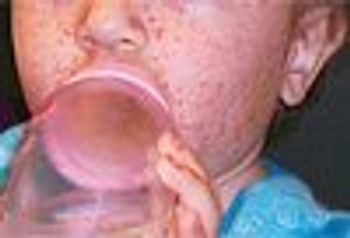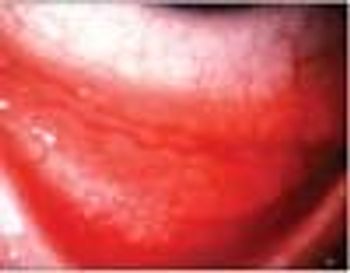
Now more than ever you are on the front lines in the battle to get children immunized against dangerous diseases. More than 1 in 8 parents have adopted an alternative vaccination schedule for their children, with almost twice that number saying they do not believe the government’s recommended schedule is the best one to follow. You might be shocked to find out how dramatically risk increases when even 1 scheduled vaccine is skipped.






